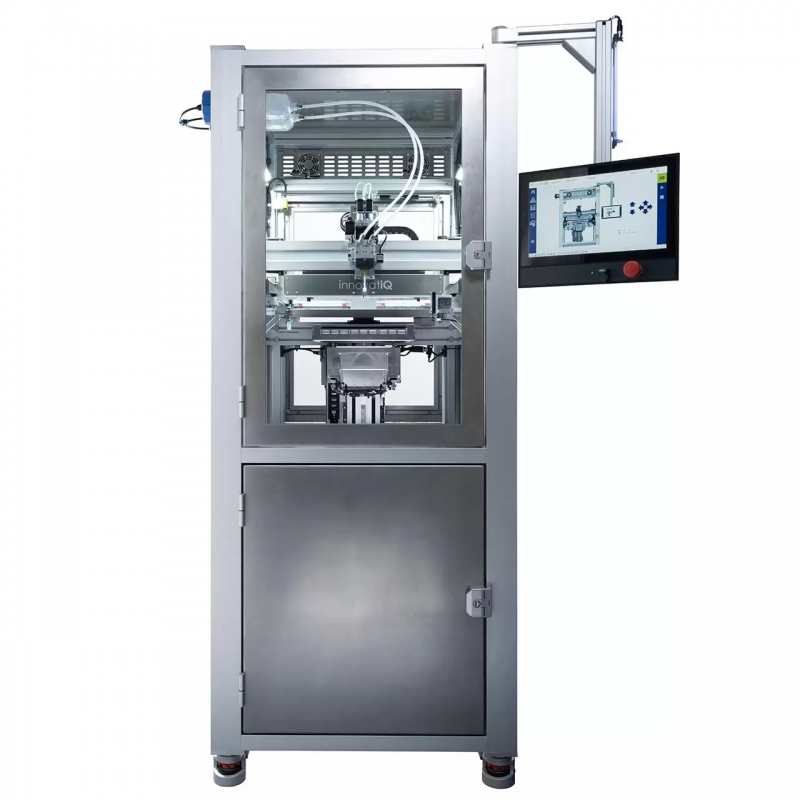














Innovative LAM Technology: The LiQ 320 utilizes Liquid Additive Manufacturing (LAM), allowing for the use of liquid materials like Liquid Silicone Rubber (LSR).
Complex Geometries: This groundbreaking technology enables the creation of bionic shapes and intricate designs.
Superior Material Properties: Parts produced using LSR through LAM can achieve properties that are nearly identical or even superior to those of injection-molded parts.
Versatile Build Platform: The LiQ 320's build platform is capable of handling objects of various sizes, making it ideal for both one-off prototypes and small series production.
Efficient Production: LAM technology offers flexible production options, from single prototypes to large batch series, all with high precision and material consistency.
You might also like